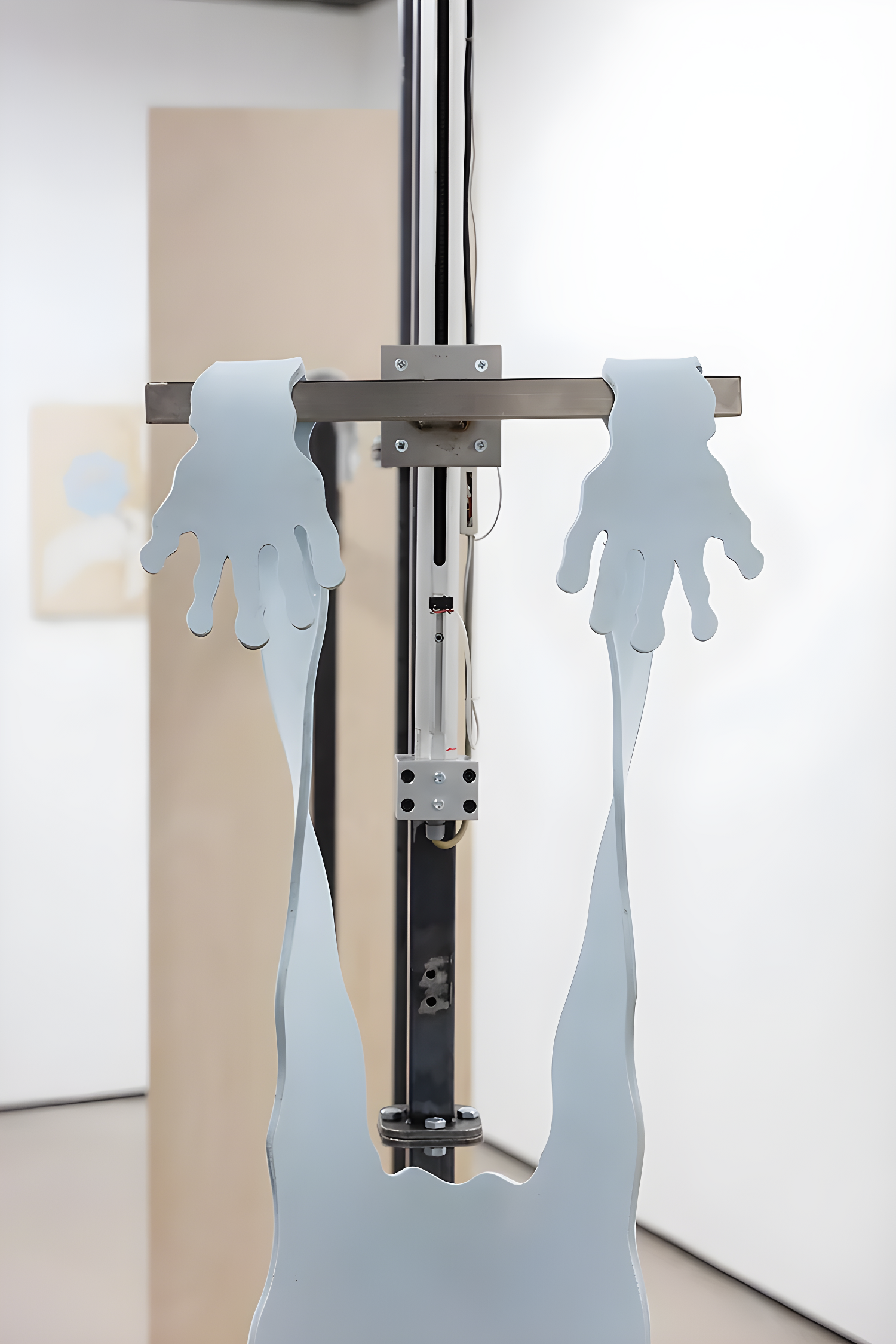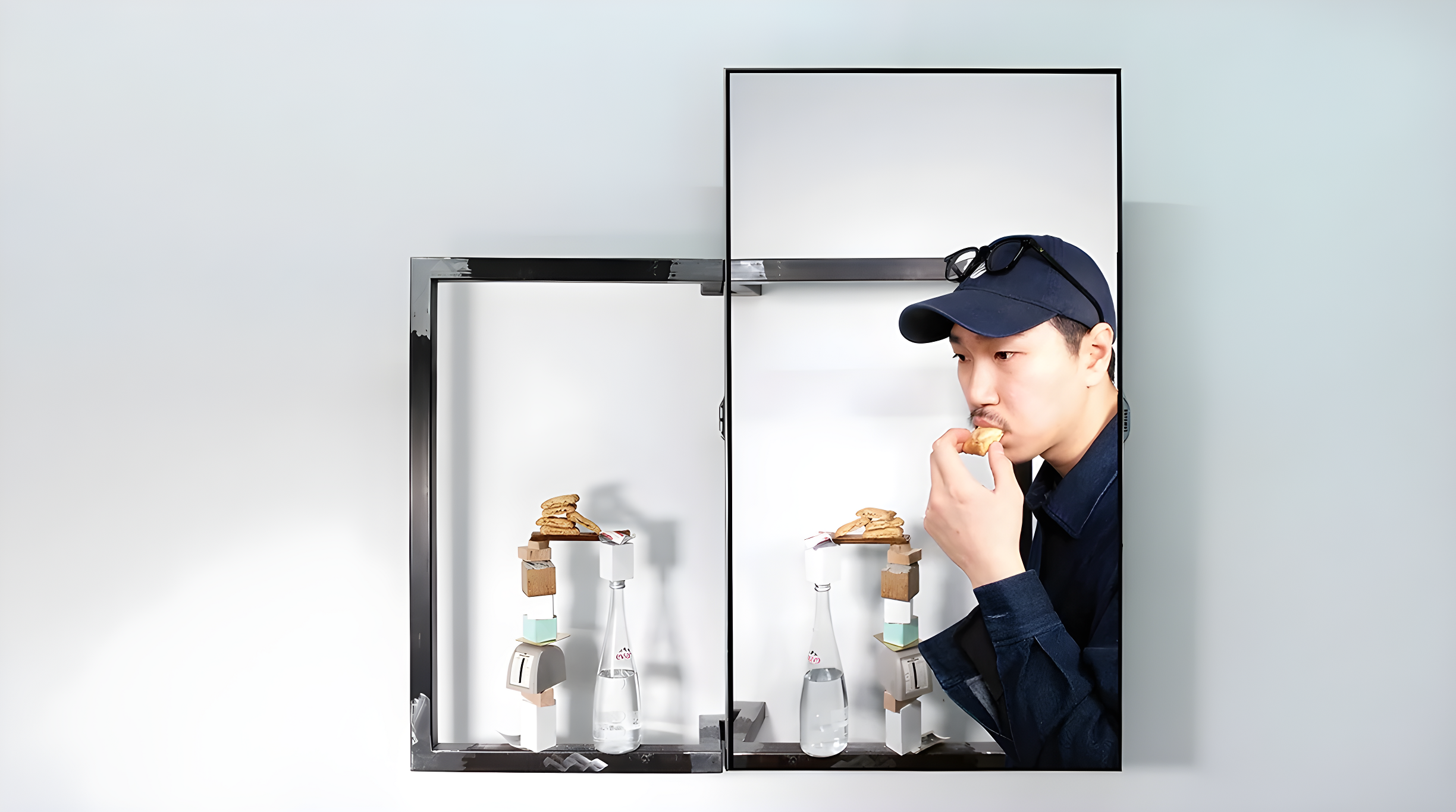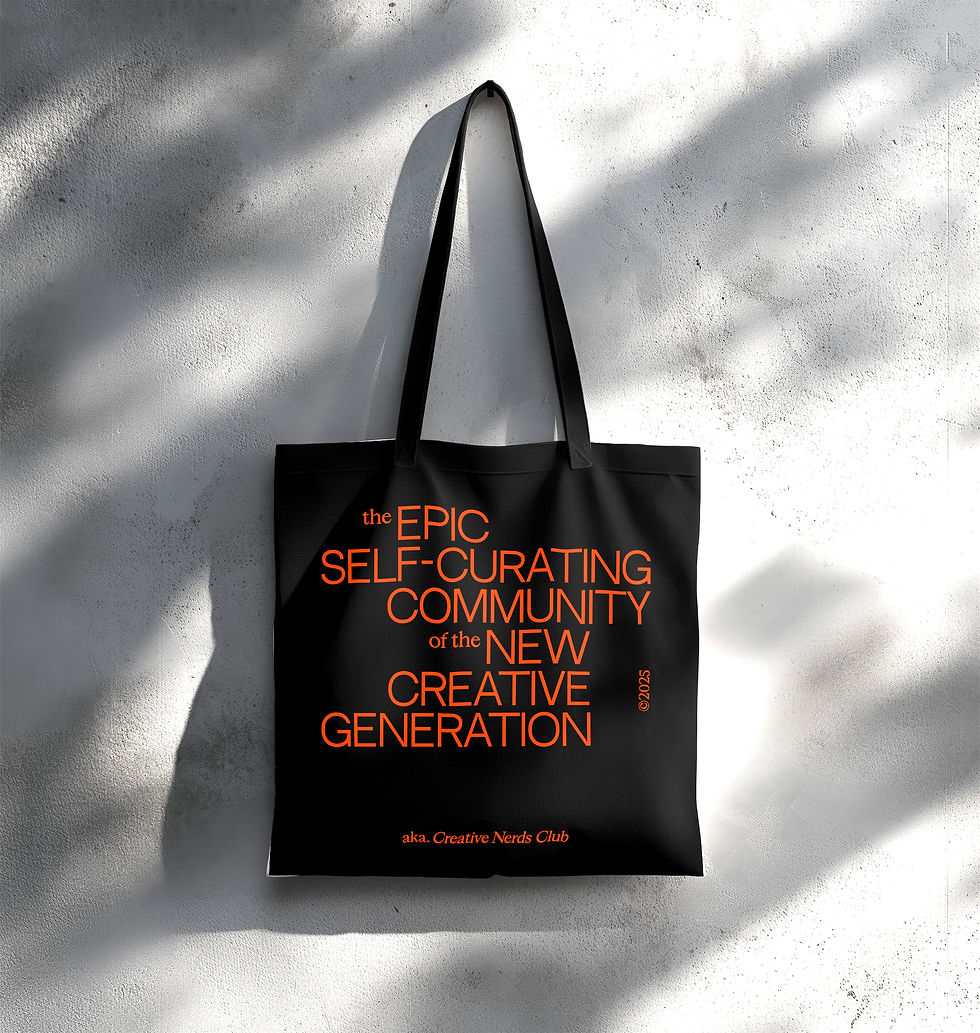DIALOGUE: Shinuk Suh | Multidisciplinary Artist
- Onur Çoban

- Nov 15, 2023
- 5 min read
Updated: Nov 17, 2023

We talked about his work and production practice with multidisciplinary artist Shinuk Suh, who works with sculptures, kinetic installations and cartoon images in his production practice that deals with human identity.
Who is Shinuk Suh? Can you briefly tell us about yourself?
Having been born and raised in Seoul until the age of 25, I have been in London since I came here in 2013 to study fine art. My interests in causality and the relationship between an individual and a societal system, have led me to observe and analyse social phenomena occurring around the world and visualising them as sculptures. In particular, I try to structurally depict the causality by giving movement to my work.
As an artist whose practice has a narrative heavily influenced by his upbringing and growing up process, what are the reflections of the ideology instilled in you by the family, church, school, and military in South Korea on your art?
Through my work, the hope is to structurally illuminate the entire social system. The micro perspective of my work is found through macro research, as I enjoy expanding the scope of a particular issue by observing such details. Carrying out in-depth research into the details of particular issues to expand its scope, my work starts with macro research to apply a micro perspective to my work. Analysing myself and my relationship with society is an important part of my research. Research leads to the construction of the visuals, by metaphorically projecting images or symbols that remind me of the ideologies that have influenced my work. Treating these images and symbols as details to superimpose on each other, leads to the formation of a singular structure. These ideologies become elements, combining to symbolise the work as a whole in addition to informing the atmosphere of the space.
We often see caricatured human figures in your work. How do the details or distortions you add to your figures reflect society's oppression or ideological influences on individuals, and what emotional or symbolic messages do you aim to convey when working with caricatured figures?
My artistic approach involves re-exploring and manipulating the original shape to create alternating forms. Exaggerating and deconstructing certain forms creates a foundation for exploring them in more detail and depth. Through this approach, I provide the audience with visual clues to infer external factors and psychological conditions caused by expressing dramatic body distortion. Furthermore, the clues indirectly reveal how ideology works.
"In my practice, the body serves as an object symbolising the individual as a medium and vessel for one’s memory that has permeated various societies and histories."
Can you tell us a little bit about your production process? Are you closer to analog or digital techniques? What are the challenging and exciting aspects of working with different materials in your work?
Most of my ideas derive from the process of expanding my artistic context. Collating inspiration from several references to present them as a visual language through a simple sketch. Using CAD to manipulate my ideas and bring them to realisation for production. Due to the structural qualities of my work, the majority of my time on projects is spent on feasibility and production. So in answer to your question, both digital and analogue techniques are equal factors within my process.
For my work to be created, various production methods using diverse materials must be carried out simultaneously. Previously, all production was done by myself. However, to explore new materials and processes I collaborate with experts in different fields, building my knowledge to inform my future works. With the production of particular works, I consider myself more in a director's role, so working with trustworthy professionals has become a key part of my process. Expanding the range of materials that I use has led to opportunities to meet with experts from various fields. A lot of time is invested into understanding the materials and their limitations to create insights and explore how they can be used. Consistent communication and factory visits are invaluable to the positive development of my work.
Which of your works has excited you the most regarding the design process and the final product?
The process of the work produced for my recent solo exhibition in London was particularly interesting to me. For the first time, I purely used 3D software to create the entire design, learning a lot throughout the journey. The essential operation of the software surprisingly aroused the sense of a deeper understanding of the logic of the universe’s composition. In the past works have been produced by myself on 3D printers in my studio. However, for this project, it was necessary to use a professional 3D printing company to take advantage of the large bed format printers. Seeing and understanding the current technological capabilities of 3D printers was a great inspiration for me. The large body was formed from several 3D printed pieces that were glued together, trimmed, polished and painted to create the glossy fluid surfaces. Although the process was arduous, the final result was more beautiful than I had anticipated.
Can you tell us a little bit about the sources of inspiration behind your work? Who are the names you follow with curiosity in this field or different disciplines?
The inspiration behind my work is varied, drawing from articles and videos across numerous fields. Avoiding prejudgement and being open to knowledge and insights to come from all kinds of sources, is an important part of my profession. This is why I enjoy the use of news sites and YouTube. There are endless sources of inspiration that can be found directly there. The artist I like the most and who also inspires me is Erwin Wurm. He transforms existing forms of ordinary objects, bodies, and situations into his work. He studies and attempts diverse social criticisms by destroying the symbolism inherent in the transformations. I have been inspired by the comic elements that appear in the way he expresses the transformation and the destruction he causes in his works, and I have always thought that the comic gestures he shows are very refined and novel. Also, the concept of sculpture that he presents makes me, as a sculptor, think a lot.
Are you excited about the future, and what are your plans?
It is always exciting to imagine the future. As an artist having to present new work is a burden. However, the pressure is motivation for me, so that I can present new works I have dreamed of! Most of the exhibitions will be held in Korea next year. Having mainly worked in Europe, I have only exhibited once in South Korea. My old friends and family have rarely seen my work in person, which is probably why I am more nervous in comparison to preparing for other exhibitions in London. But at the same time, I am very excited to produce new work in Seoul and look forward to the new experiences it will bring. In Korea, manufacturing is more widespread than in the UK and is easily accessed, allowing me to develop my work through new and exciting mediums next year.
















































